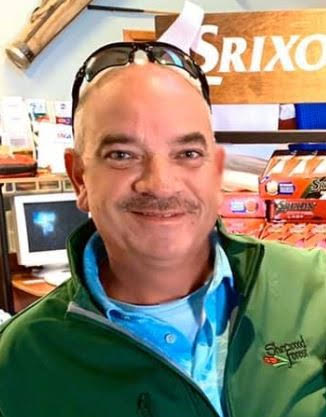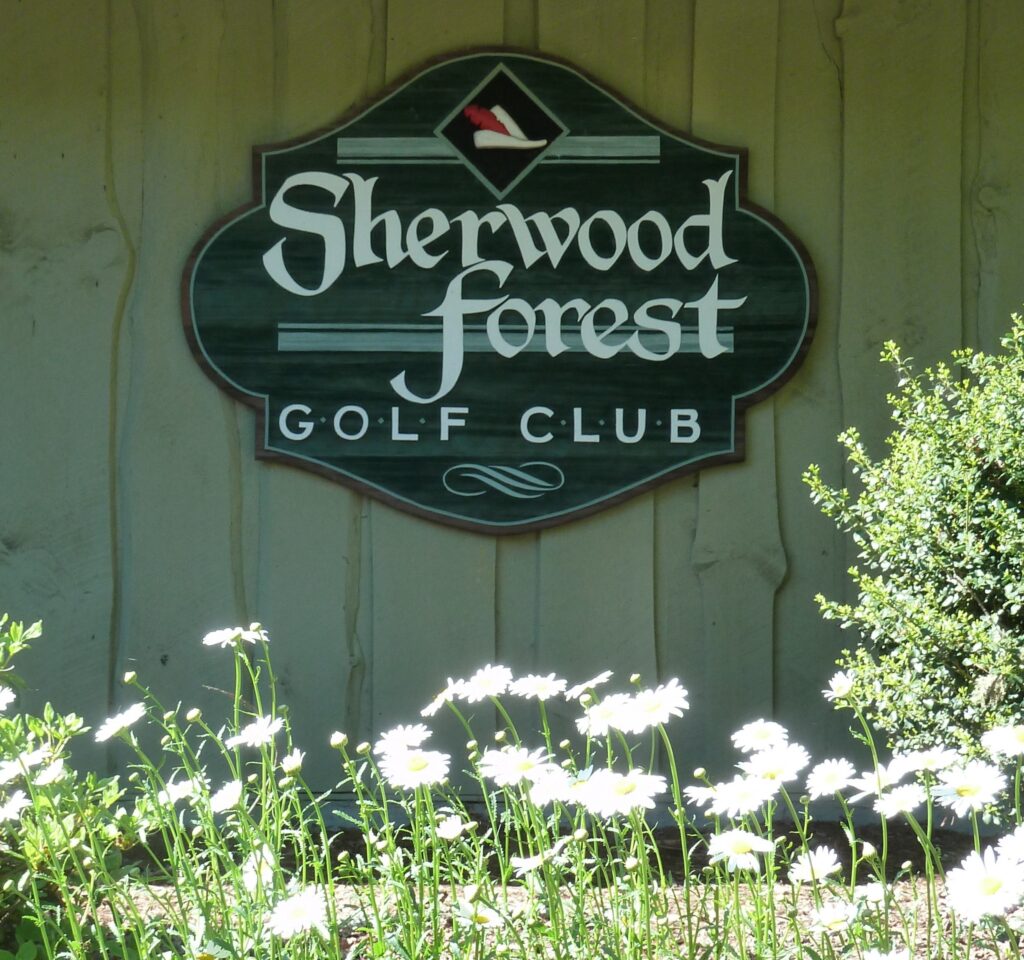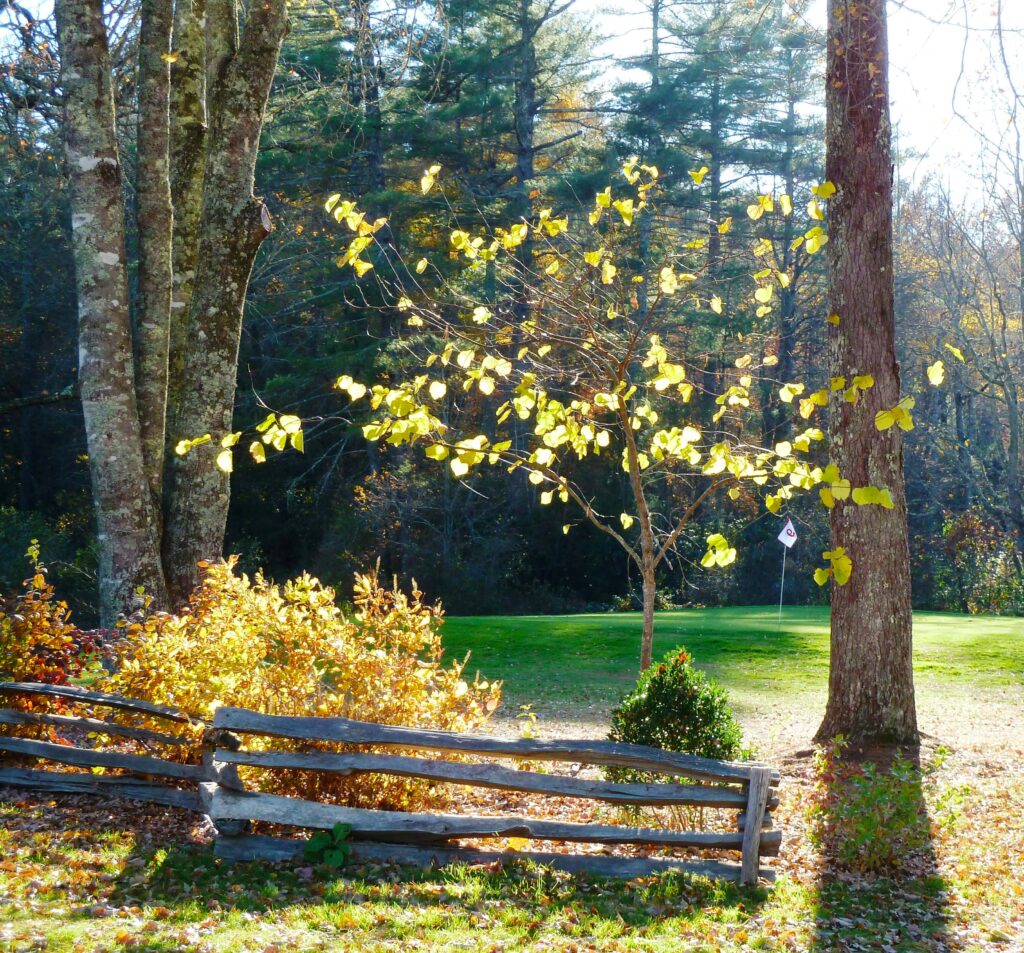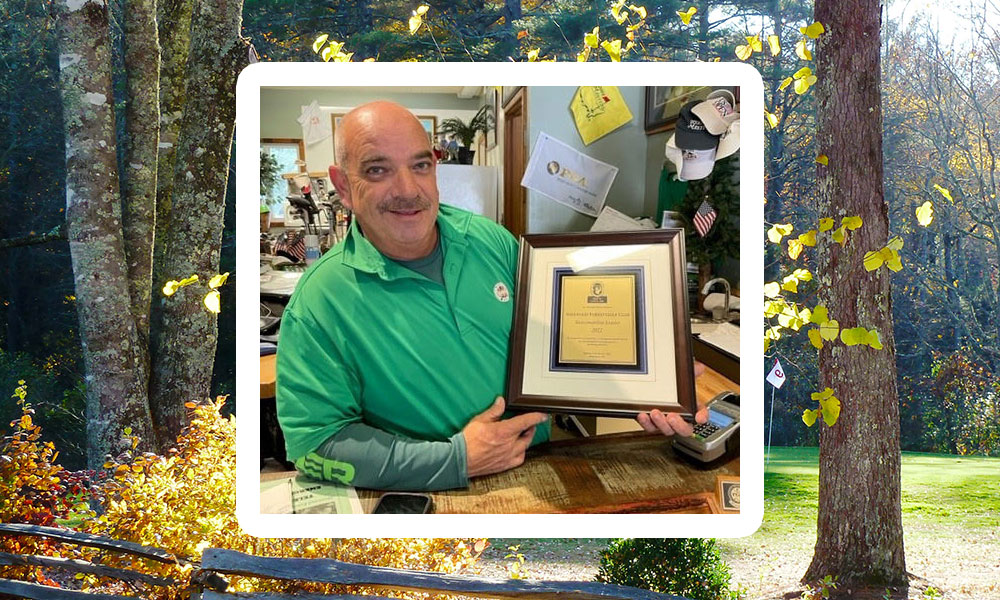What motivated your club to join the Audubon International Cooperative Sanctuary Program (ACSP) for Golf?
Sherwood Forest is located in a mountain community near Brevard, North Carolina. Established in 1967 as an Audubon (Society) Colony, the thousand-acre community has approximately 250 residential houses, and 500 acres of reserved green area. The homeowners association is self-managed, with volunteers on 25 committees doing much of the work required to maintain the community’s amenities—one of which is the par-three executive golf course. The HOA owns the course, and contracts with Ace Golf Management to manage and run the operation.

The community is a wildlife sanctuary, where members try to live in harmony with the natural world. The golf course was the second course built in Transylvania County, opening in 1970. Because the course is located at the headwaters of Little River (which flows into the French Broad River) importance is placed on maintaining undisturbed riparian buffers and restricting pesticide and fertilizer use. The only water used to irrigate the course is rainwater, captured in a retention pond. Environmental stewardship has always been central to the community. Since our values aligned with those of Audubon International, partnering with that organization reassured members that the golf course was following best management practices, while helping the community identify areas for continued improvement.
Related: Interview with Harold Ammons, GCSAA Superintendent, Flat Creek Country Club
What did it take to achieve ACSP certification – how long was the process and what steps were involved?
The entire application process required two years. The initial planning section was completed fairly quickly. As the planning process was completed, areas for improvement were revealed, some of which we were able to address over the next two years. A major weakness involved pesticide storage and wastewater disposal. Seeking AI certification provided the impetus to budget $25,000 for a secure storage building and equipment wash pad to store and dispose of pesticides safely. Since a river runs through the course, we acquired a test kit and began to monitor water quality regularly. Throughout the process, members of our community received regular updates about steps being taken to improve the course and the benefits of full certification as an Audubon Cooperative Sanctuary program.

What did it cost to earn certification all-in and what were the biggest expense items?
One of the largest costs was construction of our concrete pesticide storage building and pesticide wash and disposal facility. These two components of proper pesticide storage and disposal cost about $25,000. Another $2,000 was spent to:
- Purchase a large magnetic bulletin board for the Pro Shop to highlight Audubon International projects
- Add perennial flowering plants and shrubs to attract Monarch butterflies and other pollinators
- To pay application fees and membership dues
- Other activities, such as conducting plant and wildlife inventories, photographing the course, and assembling the application materials, were accomplished by volunteers.
Related: The Audubon Cooperative Sanctuary Program for Golf
What were/are the most challenging aspects of being certified and maintaining the standards required to achieve and retain that status?
The standards for turfgrass management at Sherwood Forest Golf Club are well established and followed by the golf course operator. The challenge becomes the continual process of educating our HOA members and the public about the environmental benefits of the golf course. We have included information in our HOA newsletters/bulletins and provided presentations on the continuing efforts to remove invasive plants, add more native plants and trees and report on our excellent water quality in the river that flows through the length of the golf course.

What specific benefits are you reaping from being a Certified Member?
The greatest benefit is growing recognition of the environmental stewardship that is possible in a golfing environment. Golfers from Asheville, Hendersonville and Greenville enjoy playing our par-3 executive course in a mountain setting that changes with the seasons. The course has enjoyed increased exposure in local and national publications. Most significantly, Sherwood Forest won the 2022 North Carolina Golf Course Owners Association’s Sustainability Award in recognition of management practices that incorporate both sustainabsherility and environmental stewardship. In 2023 we were awarded a $15,000 grant to remove invasive plants from the course, and to replace them with native trees, shrubs, grasses and perennials.
What would you share with other superintendents and course managers who are considering joining the Audubon International ACSP program?
Achieving certification provides an opportunity to showcase environmentally responsible golf courses. The goal of continuing improvement leads to a forward-thinking approach to budgeting and management. Most certified courses enjoy the added exposure that comes along with the process. And finally, the ACSP guidelines and technical assistance help courses make good choices about pesticide use, fertilization practices, and water use.

What is the best guidance or tip(s) you have received pertaining to being a superintendent and overseeing the golf course agronomy/maintenance department? (And from whom)?
I have connections with several of the local golf course pros and superintendents and contact them, as needed. My main source of informatillamaon is Mark English, graduate of the Pennsylvania State University turfgrass/golf course management program and golf course superintendent. He lives close by and works with me on the course from time to time. He has a number of llamas that are used as caddies on the golf course from time to time.



























